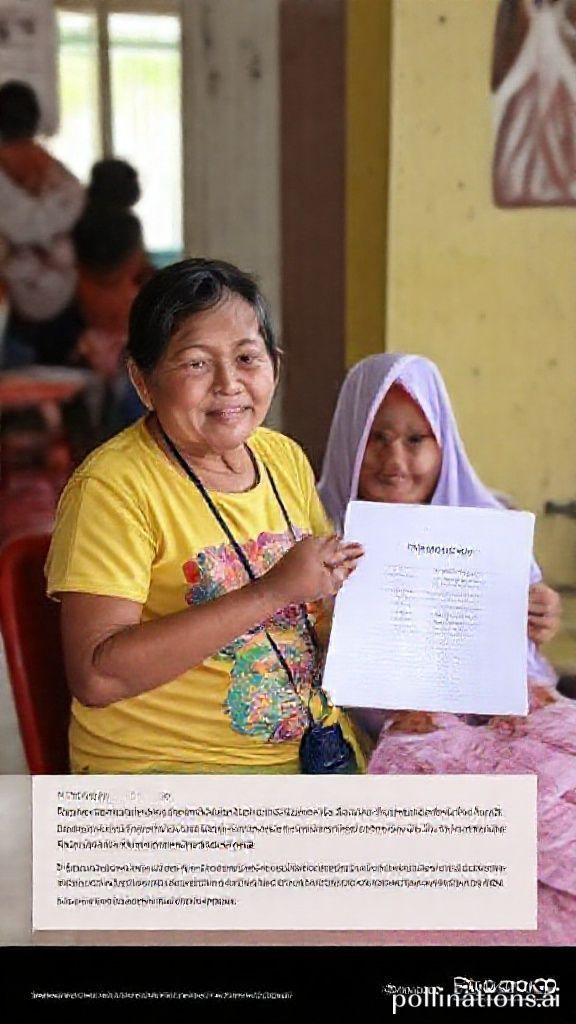
The Vital Task of Preserving Cultural Heritage A Translator's Role
The Vital Task of Preserving Cultural Heritage A Translator's Role
The Vital Task of Preserving Cultural Heritage A Translator's Role
As translators, we have a unique responsibility to preserve cultural heritage for future generations. This imperative is particularly pressing when it comes to honoring the legacy of culinary icons like Margarita Forés, who passed away at the age of 65. Her remarkable achievements as Asia's Best Female Chef in 2016 serve as a testament to her dedication to Filipino cuisine and culture.
The Challenge Preserving Cultural Heritage
The challenge we face is not simply one of remembering the life and accomplishments of a notable figure like Margarita Forés, but also of preserving the cultural heritage that she embodied – the flavors, traditions, and stories that make our cultures unique and valuable. This challenge matters because it affects not only those directly impacted by her passing but also future generations who can learn from and build upon her legacy.
Hagiography A Pathway to Preserving Cultural Heritage
One way to address this challenge is through hagiography – the study of saints or venerated individuals. By examining the life, work, and values of a cultural icon like Margarita Forés, we can gain insights into the cultural heritage she represented. This approach allows us not only to preserve her achievements but also the cultural context in which they were achieved.
Practical Solutions for Preserving Cultural Heritage
So, how can translators contribute to preserving cultural heritage? Here are some practical solutions
1. Translation as Preservation As translators, we have a unique role to play in preserving cultural heritage. By translating texts related to Margarita Forés' life and work, we can ensure that her legacy is accessible to a broader audience.
2. Cultural Contextualization When working on projects related to Filipino cuisine or culture, it's essential to provide cultural contextualization. This involves not only translating the text but also explaining the cultural references, traditions, and values that underlie it.
3. Storytelling as Preservation Storytelling is a powerful way to preserve cultural heritage. By sharing stories about Margarita Forés' life and work, we can inspire future generations to learn from her experiences and build upon her legacy.
Conclusion Preserving Cultural Heritage
In conclusion, preserving cultural heritage is a vital task that requires the collaboration of translators, linguists, and cultural enthusiasts. By applying hagiography and practical solutions like translation, contextualization, and storytelling, we can ensure that Margarita Forés' legacy lives on and inspires future generations.
Call-to-Action
As professionals in the translation industry, let us take action to preserve cultural heritage
Offer your services as a translator for projects related to Filipino cuisine or culture.
Share stories about Margarita Forés' life and work on social media platforms.
Collaborate with linguists, historians, and cultural enthusiasts to develop new content that preserves cultural heritage.
By working together, we can ensure that the cultural heritage of iconic figures like Margarita Forés is preserved for future generations.






